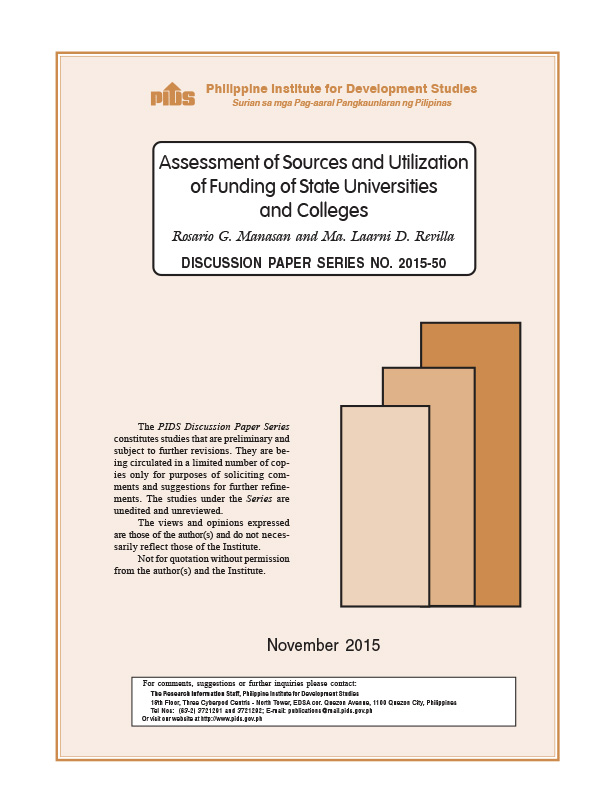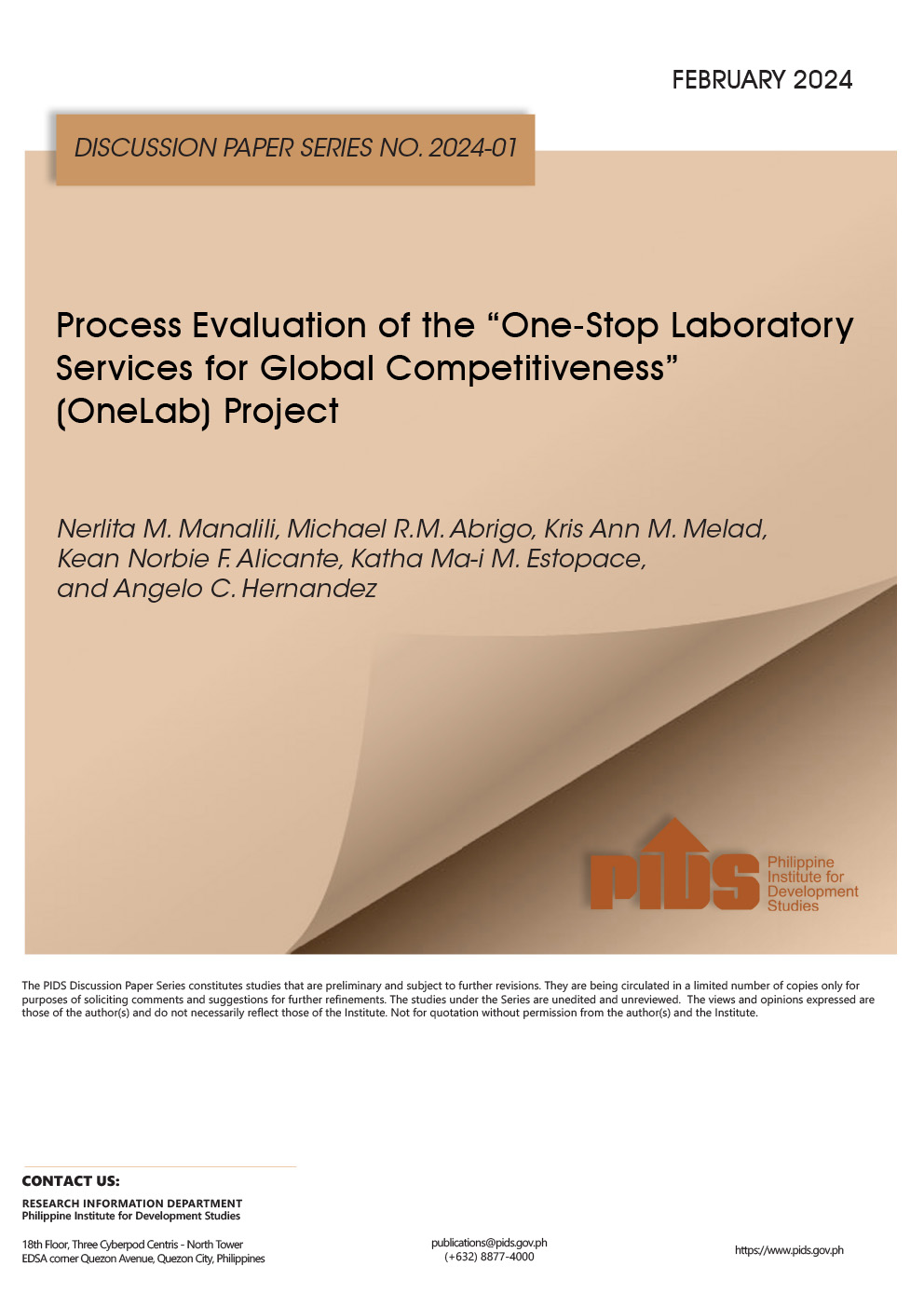Sen. Miriam Defensor-Santiago’s call for a veto of the budget allocation for the Cagayan Economic Zone Authority or Ceza ("Santiago hits P800-M Ceza budget,” Front Page, 12/12/13) can be bolstered not only with the Supreme Court’s PDAF (Priority Development Assistance Fund) ruling, but also with an informed assessment of the track records of like freeports.
As Task Force Anti-Apeco (Aurora Pacific Economic Zone and Freeport Authority) has repeatedly asserted, these freeports, like the 12,923-hectare Apeco, are among the biggest white elephants in the Philippines today. Based on Ceza’s own figures, the government forked out P4.6 billion to support Ceza’s operations from 1997 to 2012, and at least P2.9 billion for Apeco activities and related infrastructure since 2008. Despite five years of operation, Apeco has yet to have a potential investor physically locate within Aurora, even while most of its ill-conceived subprojects (i.e, started with no prior feasibility studies) have failed to take off due to the ecozone’s location, which is at the heart of the eastern Luzon typhoon belt. Meanwhile, as of June 2013, 79 percent of the Cagayan Freeport’s locators apparently remain used-vehicles importers, online gaming concessionaires and resort operators. These are hardly ideal industry sectors for promoting inclusive growth in impoverished and low-skilled rural areas. Worse still, as pointed out in a 2013 policy note ("Export Processing Zones, Special Economic Zones: Do We Really Need More of Them?”) prepared by Dr. Rosario Manasan of the Philippine Institute of Development Studies, using ecozones as tools of regional development has been "almost without exception, a failure.” The 2012/2013 Philippine Human Development Report ("Geography and Human Development”) noted that the track record of such freeports has been deemed to be "weak,” reliant on "ineffective investment subsidies,” and occasionally riddled with irregularities. Indeed, both reports affirm the reality that freeports are only likely to succeed in areas already close to major economic centers such as Metro Manila, where infrastructures and services are already in place (power, roads, etc.), where a quality, highly-educated labor force resides, and where sufficiently large and high-density markets are present. Neither Casiguran in Aurora nor Sta. Ana in Cagayan adequately meets these criteria.
Related Posts
Publications
Press Releases
Video Highlights
[No related items]
Infographics
[No related items]






